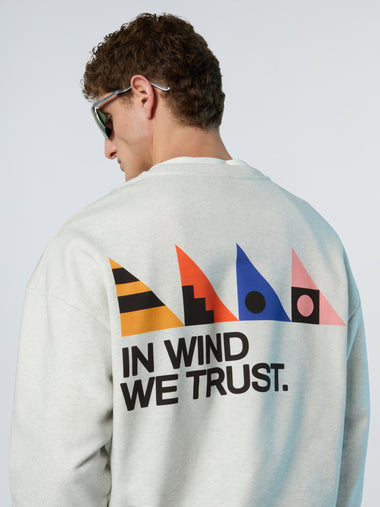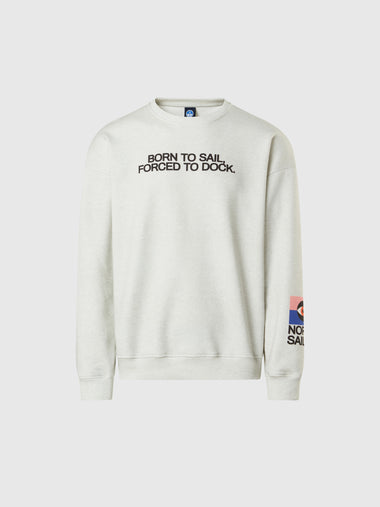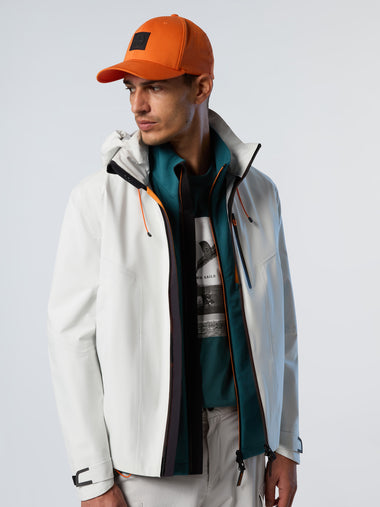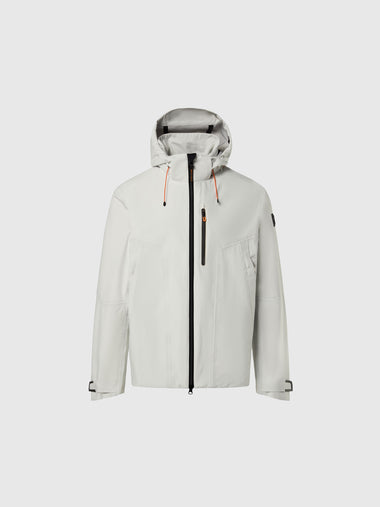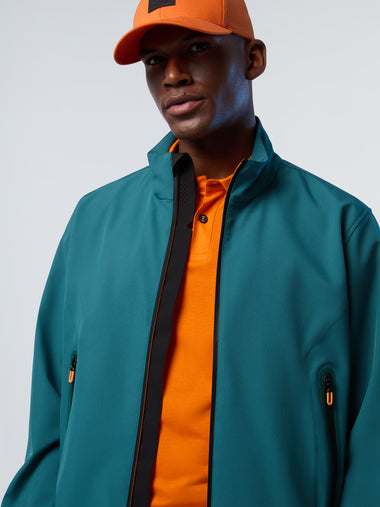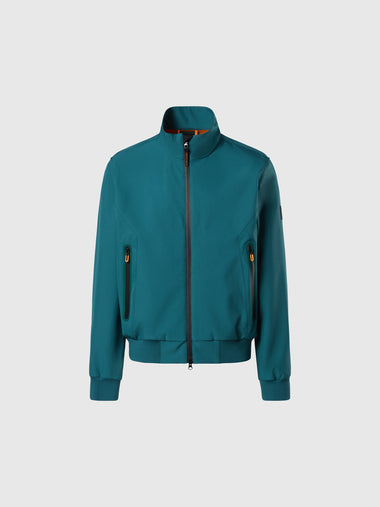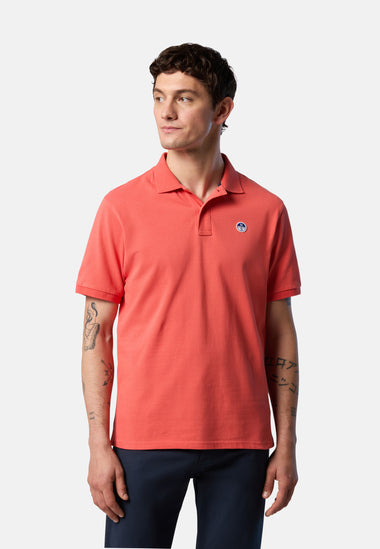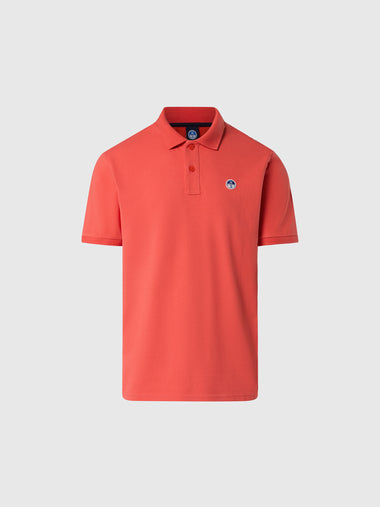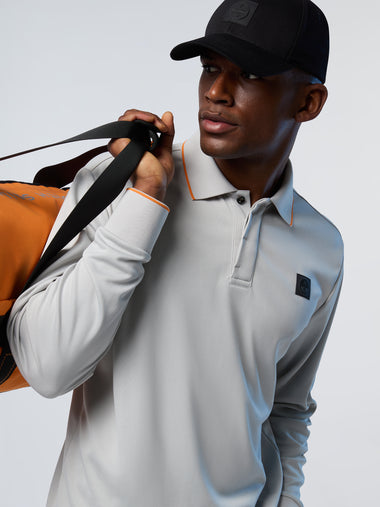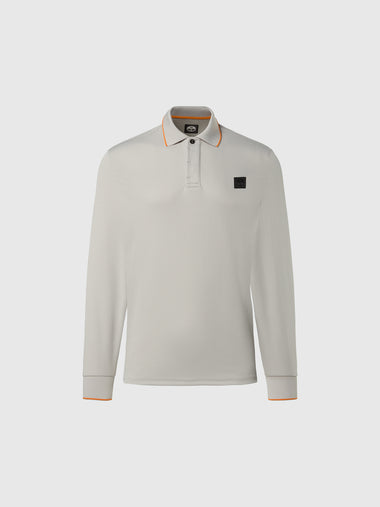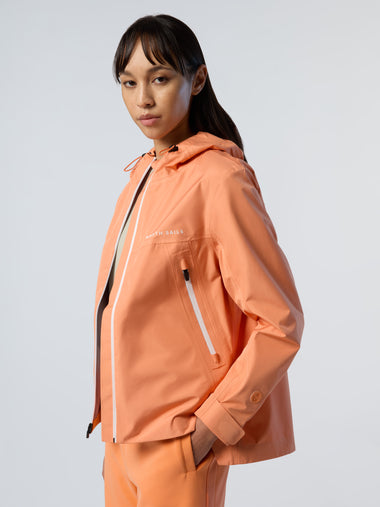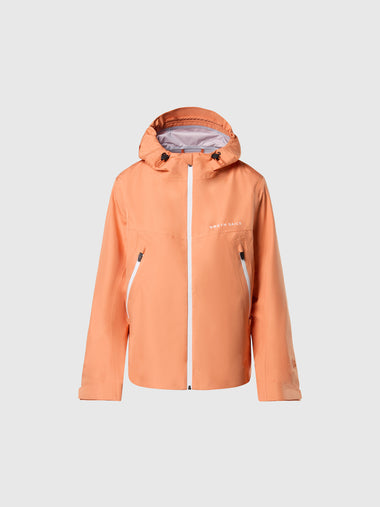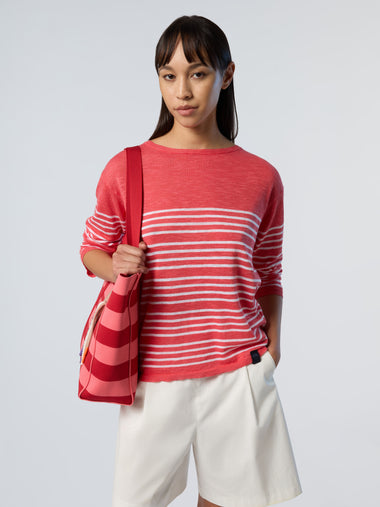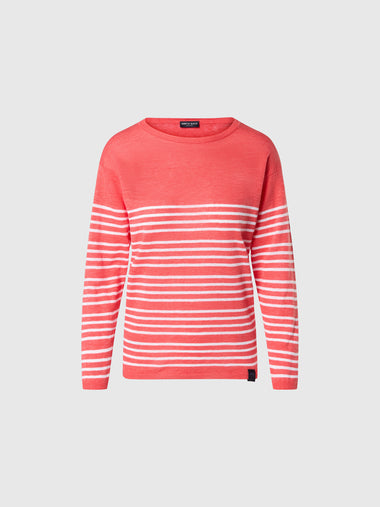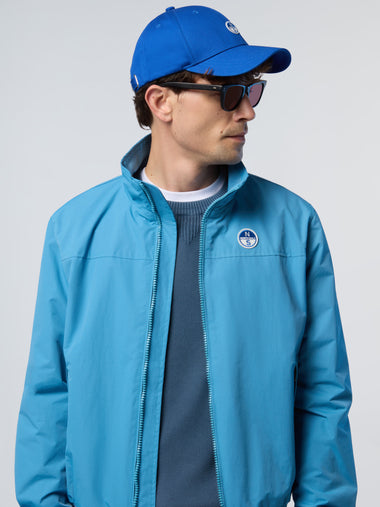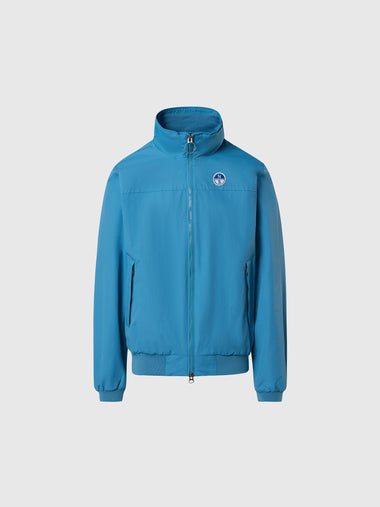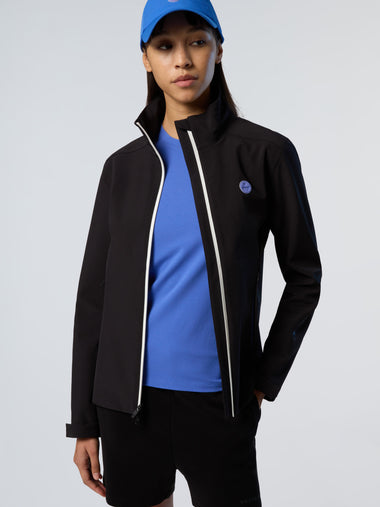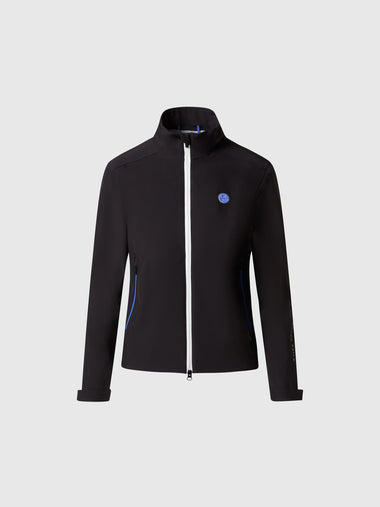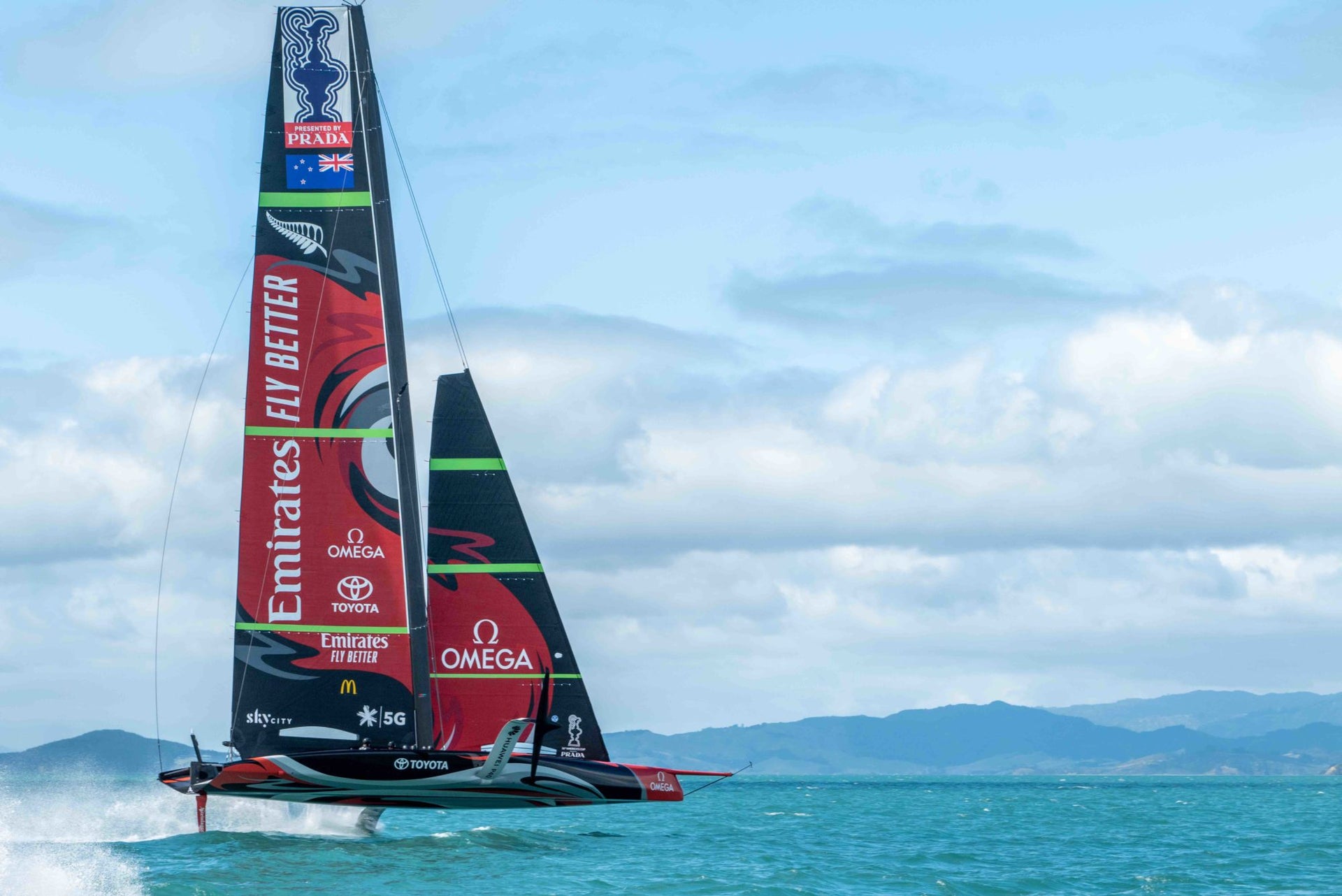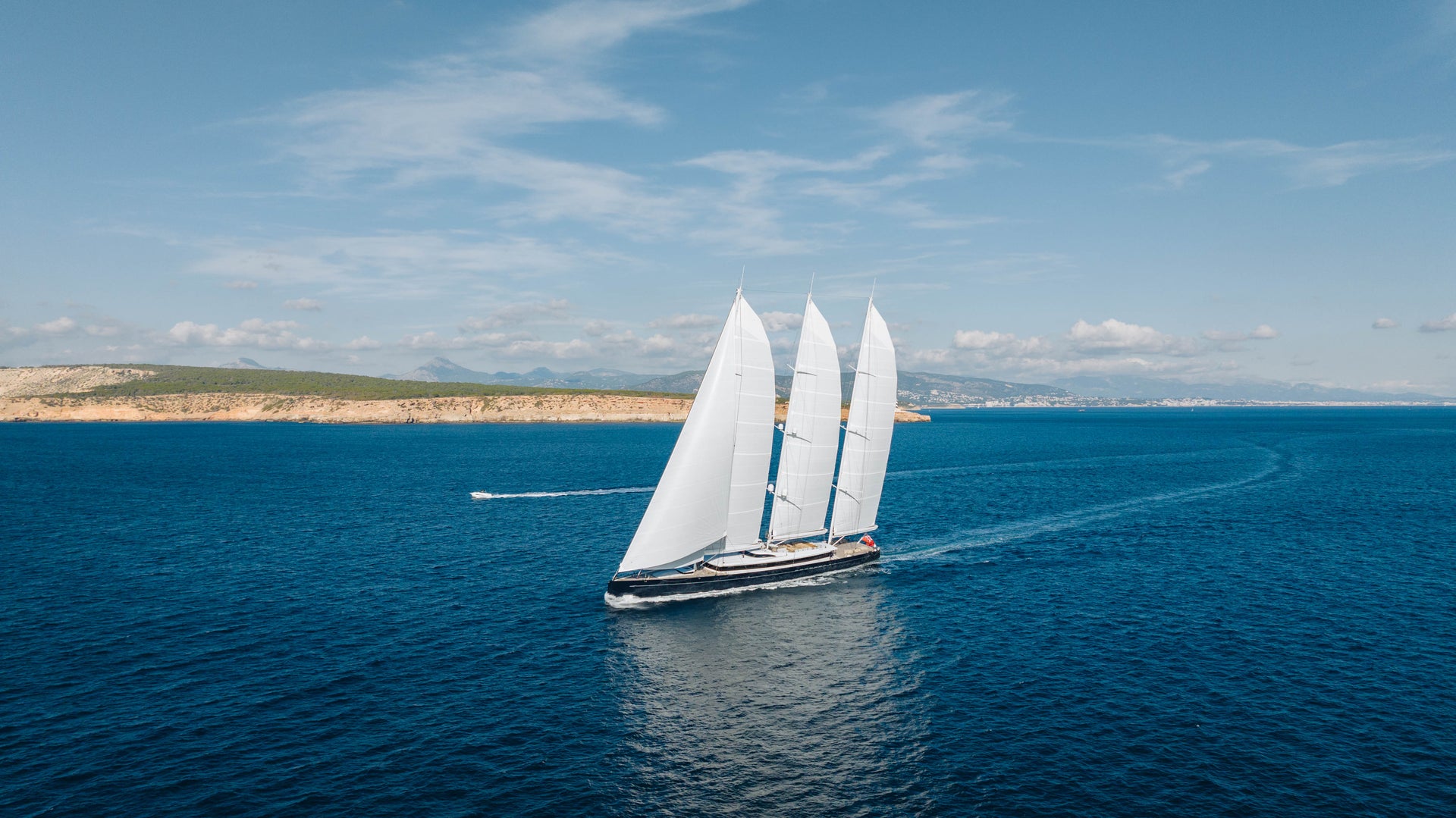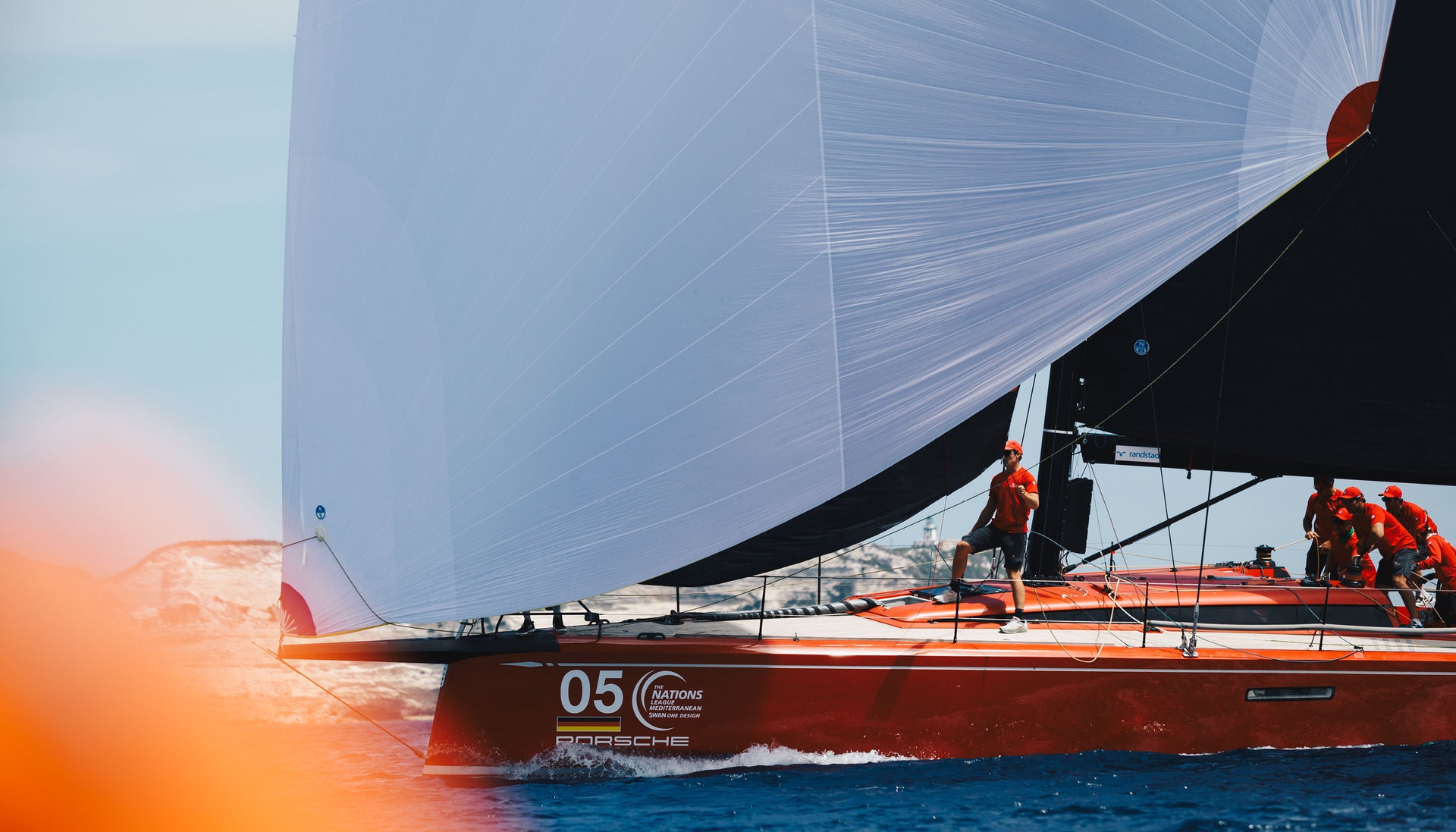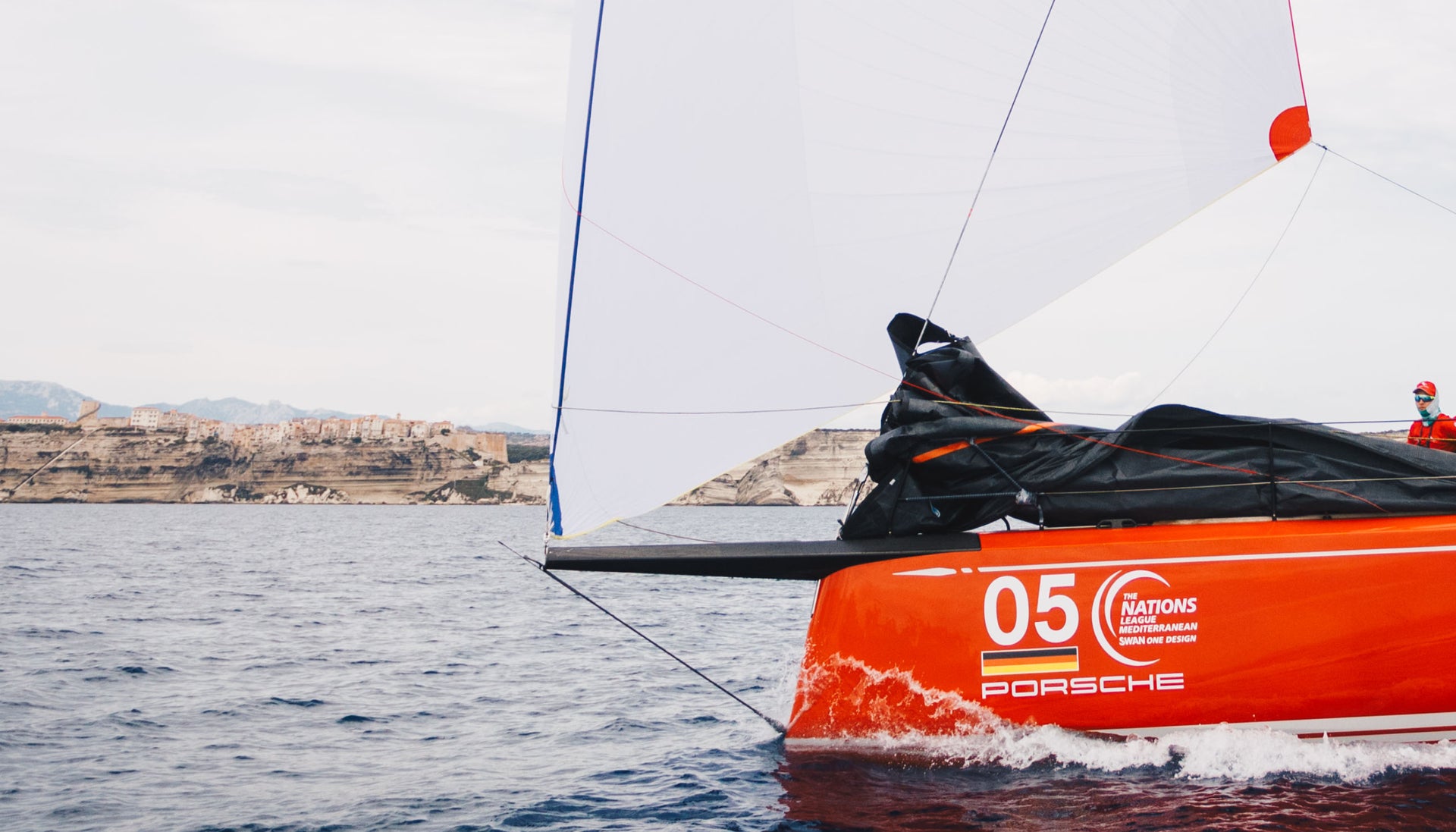FOILING IS THE NEW FRONTIER
To foil or not to foil, that is the question. But you can no longer go by initial intentions of a class or a class rule when attempting flight…
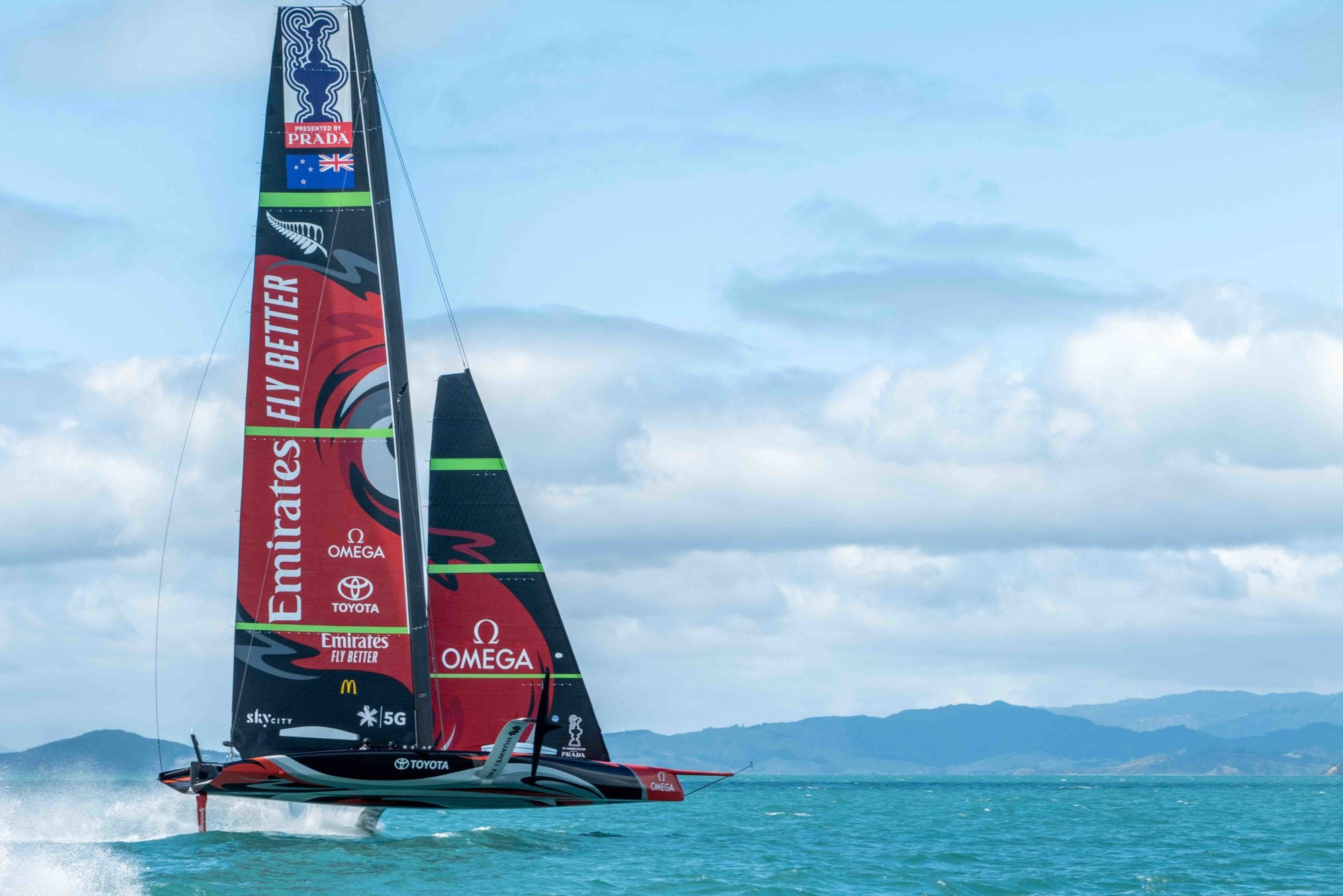
Many of today’s flying creations are conceptualized as pure foiling boats, which means they don’t have restrictions that impede the designer’s vision of the best way to foil. The evolution is dramatic, as with things like foiling kiteboards, Moths, and even the revamped AC50’s (now called F50’s) used in the SailGP circuit. It is also interesting to consider that there is another whole area where many boats that now ‘fly’ actually began their life with no intention of taking flight. However, smart people have now figured out a way to at least “skim,” if not foil, and we see it penetrating in all sorts of places like the IMOCA class and across the multihull segment. As a sailmaker, North Sails is heavily involved in both camps of foiling boat development; each bringing very different challenges, yet equally unique processes.
In the “designed to foil corner,” we have the radical AC75 monohull, which has been designed to fly from inception. At first view, most sane people are thinking, “who the heck thought up that creation?” Does it work? Yes. Our designers and engineers are right in the middle of a very active learning process, and the innovations made for the America’s Cup will be adopted by other classes. Last year, we worried about getting around the course and handling the maneuvers on an entirely new platform, but now we are working on the fine-tuning details. The teams are in performance mode.
In the sport of sailing, the speed has been multiplied by 4 in the past 50 years, unlike cars, planes, or other industries. Technology is making leaps and bounds every day.
Innovative aero packages have changed how boats, like in the America’s Cup, are built. In the past, the hulls and foils were the first priority; now, performance begins and ends with the entire package designed as one, including the sails. The innovation of Helix Structure Luff has drastically changed how the naval architects approach the design of the boat. More on Helix so keep reading.
The America’s Cup rule states that the AC75 Class Yacht should promote head-to-head match racing and close competition, spearhead the development of sailing through innovative technology, and be demanding to sail, rewarding the top level skill for all sailors on the yacht. While top speeds and other data are not yet shared with the public, it is evident that this edition of the America’s Cup will continue to move the ball forward in terms of challenge and innovation. The AC75s have the capabilities to foil in just a little over a true wind speed of 6 knots on a 75ft boat and sail that same boat in 23 knots.
Three companies that I work for under the North Technology Group, North Sails, Future Fibres, and Southern Spars, have been a partner to the Defender, Challenger of Record, and the majority of syndicates since the start of this Cup cycle. Starting the process early with everyone in the room was fundamental to coming up with something viable.
The North Design Suite and engineering tools allowed North powered teams to yet another weapon to simulate how their boats would perform and react on the water, meaning more speed, fewer breakages, and more safety for the sailors. The lead-up to the 2021 America’s Cup has been a balance of time on the water versus finding solutions through data simulation. Designers and engineers across a wide variety of expertise work in close collaboration to help design the rules around the boat with the goal of flying as quickly as possible.
On the aero side, this especially pertains to the new Twin Skin Mainsail incorporating a non-traditional rotating mast and batten system. The Cup attracts the best brains in the business, and now we have our North and Southern design experts embedded in at least three of the teams to work on the current phase: turning the concept into reality. The understanding of a total foiling package for the AC75 is critical, and that began with the class’s inception. Hull, foil, rig, and sail designers all working together, and with very clever software that talks to each other, to understand how each of their functions impacts the other.
The North Sails Helix Structured Luff in the headsails has also been a major player, giving teams the option of either reducing the loads on the headstay for the same luff view to the wind or sailing with the same initial headstay loads and seeing an improved leading edge view to the wind. In laymen’s terms, do you want less sag at the same load or the same sag at reduced load? This is a choice that Helix has been giving Grand Prix race teams since the San Francisco Cup in 2013. This doesn’t happen for free, of course. The Structured Luff of the headsail must be tensioned quite firmly to create this overall load reduction— with the halyard, halyard lock, and jib tack increased loads. Again all with the goal of a decreased overall load. Quite a fun concept that is trickling through sailing at every level, thanks to the Helix structured luff.
While the engineering happening at the AC75 level may not apply to the majority of boats now, the trickle-down of details in the design packages will see an increase in speed and efficiency for all sails boats for years to come.
On the other side, we have “not designed to foil but are going to try to do it anyway.” We have a vast array of leading engineers, designers, and sail experts collaborating closely with classes like the IMOCA to develop an integrated performance package; structure, aero, and control systems to make a boat do exactly what it wasn’t supposed to with its original design criteria. Designers are actively creating new packages with the advent of foils on these shorthanded offshore beasts. The IMOCA class will continue to evolve as boats gear up to foil for two around-the-world challenges in the coming years; Vendee Globe and The Ocean Race (former Volvo). Throughout the process, designers are challenged to stay ahead of the curve. The IMOCA as a development class has become the offshore boat of choice, and its challenges are great. The boats will push sailors in ways they have never experienced before, yet they will have to be cerebral as well as physical while dashing across oceans at speeds rarely seen before in monohulls.
Unlike the new AC75 Class, the IMOCA rules have always developed progressively with a focus on reliability, pragmatism, and equality. One design rules for wing masts and keels addressed the most common causes of IMOCA damage as sailors figured out how to push the boats faster and harder offshore in the harshest conditions. Then came skimming/foiling, and not just any foils, but underwater wings, which push righting moments well beyond the red line of the one-design mast and rigging if not done properly. The major new challenge for any team is to know where that red line is at all times. The game is now managing the continuous transfer of power from the foils to the sails, without compromising the low aspect rig. Foiling creates a scenario that is virtuous in terms of speed but produces vicious loads. Imagine driving a Prius at low speed, and when you step on the gas, you end up with a V12 turbocharged engine, but your chassis has not changed.
In this context, with classes that are adapting to foiling, it is a balancing act for any design team to set their team’s risk/reward level. Once these boats set off, there will never be enough sensors to warn you when you’re in the red zone as the boat launches off on a wave or in a gust propels you into the turbo effect. It will be a steep, but necessary, learning curve for the sailors to learn how to safely push the boats. What sail combinations? What reef combinations? What canting keel pin angle (which increases lift but reduces righting moment)? How large are the foils? And there will likely be significant differences between a solo sailor using autopilot and a crew on manual mode all the way around the world.
The new IMOCAS are able to generate and maintain higher apparent wind speed because they have more righting moment and reduce drag because of the innovations in foil design. For instance, during the Transat Jacques Vabre, Pascal Bidegorry and Charlie Enright on the former Hugo Boss hull, a new boat for the 2016 Vendee Globe, could not keep up with recently launched LinkedOut skippered by Thomas Ruyant and Antoine Koch. When reaching in 15 to 18 knots, 11th Hour had their FR0 and a staysail inside and sailed with a lot of heel, pushing hard. LinkedOut was able to pass them with only their small J2, significantly less sail area. Apparent wind speed is a huge factor; the higher the apparent wind speed, the less sail area you need to go faster. In certain conditions, the new boats are 5 to 7 knots quicker than the previous generation.

For aero performance, the software tools that North Sails uses are more important than ever. Decades of sail shape knowledge and understanding is really getting thrown out the window at the moment with all of these classes. The impractical hard wings used in the last two Cups are being replaced with Twin Skin mainsail systems on the AC boats. The IMOCA is also in an abrupt change of sail styles and shapes. Do you shape and size the sails to get the boat up on the foil more easily… Or do you make the boat harder to get flying, yet once in the air, have much higher maximum speeds with the radically changing apparent wind speeds and angles? Sailing simulators, along with phenomenally evolved technical software, is making this all possible. The sport is simply changing radically before our very eyes.
Where does all this leave us? At some point, we are all going to try and fly: the three pinnacle events in our sport have all taken to the air; Olympics (Nacra’s), The Ocean Race, and the America’s Cup. History tells us that everything else follows. I keep telling my 84-year old father that he needs to get his 1973 vintage Pearson 39 yawl up on foils. So far, he is resisting for some reason… It’s likely that North Sails and all sailmakers will continue to have a two-tiered relationship in sail development between boats designed to foil, retrofitting boats to fly, and of course, displacement mode with hundreds of years of practical experience available. But it is a really exciting time to be part of this fast-paced, ever-changing sailing landscape, and we are enjoying watching as new boats and whole new areas of sailing dip their toe into this area and see what comes out the other side. It’s safe to say what our grandchildren’s generation sees as the ‘norm’ will be very different from what I grew up with.




